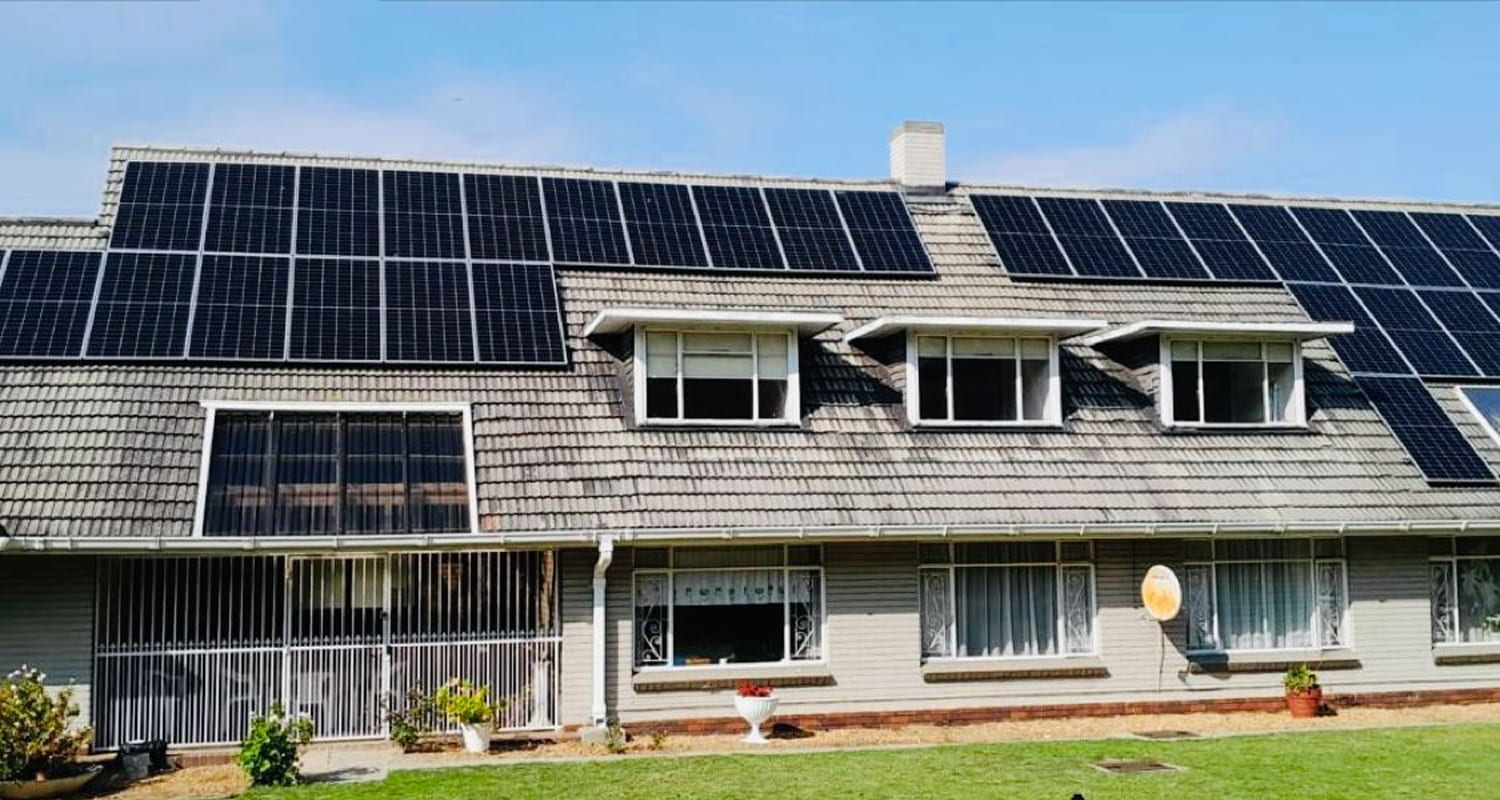Rooftop photovoltaics contribute 61% of electricity consumption, leading the Australian power grid.
Oct 11, 2025
Australia's National Electricity Market (NEM) set a new record minimum operating demand of 9,666 MW on October 4, a 4% decrease from the previous record set in the spring of 2024.
According to the Australian Energy Market Operator (AEMO), the milestone occurred at 12:00 PM amid mild to warm temperatures and clear skies across NEM states. Rooftop solar operating capacity reached an estimated 15,091 MW, meeting 61% of primary demand at the time of the record.
The increase in distributed solar generation demonstrates the growing influence of residential generation on grid operations and system demand patterns. Notably, Australia's installed rooftop solar PV capacity recently surpassed 26 GW.
At the time the minimum operating demand record was set, renewable energy sources provided 75.5% of total electricity generation. Rooftop solar PV systems accounted for 57.5% of total generation, while grid-scale solar contributed 12.4% and wind power accounted for 5.6% of the renewable energy mix, as shown in the figure below.
Minimum operating demand refers to the lowest point in electricity demand that large-scale power plants must meet after accounting for rooftop solar and other distributed energy resources. As distributed generation capacity continues to expand in the National Electricity Market (NEM), this metric has become increasingly important for system operators responsible for grid stability.
During periods of minimum demand, rooftop solar generation reached 15 GW, reflecting significant growth in distributed solar PV installations in Australia's eastern states. AEMO forecasts that renewable energy generation will reach 229 TWh by 2035, with distributed solar expected to play an increasingly important role in meeting electricity demand.
At the same time, the downward trend in minimum demand presents both opportunities and challenges for grid operators. Lower operational demands reduce the need for large-scale generation during peak solar production periods, but as conventional generators reduce output, new demands are placed on system services, including frequency control and voltage support.
The Australian electricity system has experienced record growth in renewable energy and energy storage assets, and the integration of variable renewable energy requires enhanced grid management capabilities.
However, the rapid deployment of renewable energy generation means that utility-scale solar installations face operational challenges during periods of high renewable generation, with curtailment exceeding 25% in 2024 as system operators cope with oversupply. The combination of distributed solar generation and large-scale ground-mounted solar generation during periods of lowest demand illustrates the coordination required among renewable energy sources.